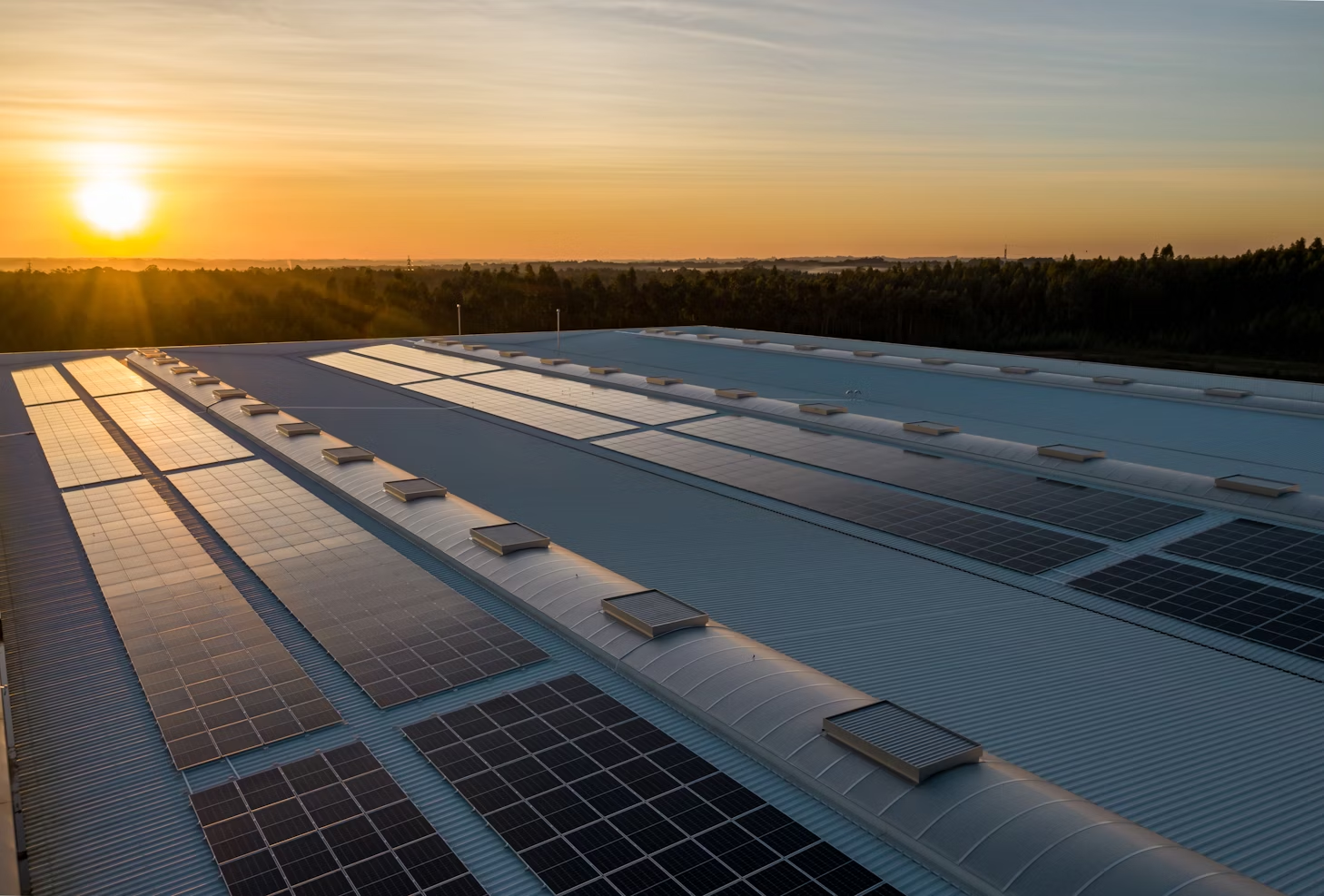Carbon Balance: A Complete Guide to Understanding and Achieving Your BEGES

Measuring greenhouse gas (GHG) emissions is no longer an option. The Greenhouse Gas Emissions Balance (BEGES) has become a must for many businesses in France. It is part of a logic of European carbon tax And of CSR approach aimed at reducing the environmental impact of economic activities.
But why this obligation? How does the carbon balance work? What are its challenges for businesses and how to achieve them effectively? This guide brings you concrete answers to anticipate regulatory changes and optimize your climate strategy.
What is BEGES?
The carbon balance, also called BELGIANS, is a diagnosis that makes it possible to assess the carbon footprint of a company over a given period of time. It takes into account direct and indirect greenhouse gas emissions, divided into three categories called Scopes.
The objective of BEGES is clear:
• Measure with precision the carbon impact of its activities.
• Identify major sources of emissions to reduce them effectively.
• Anticipate regulatory obligations, in particular as part of the carbon tax at EU borders (MACF/CBAM).
• Valuing your CSR commitment with its partners, customers and investors.
Since 2023, BEGES is an obligation for some companies and its non-compliance can lead to significant financial penalties.
Why is the BEGES mandatory
French regulations require companies with more than 500 employees in mainland France and 250 employees overseas to make a BEGES every Four years. Starting from 2024, not complying with this obligation may cost up to €50,000 a fine, or even €100,000 in case of recidivism.
Why such a constraint?
• Limiting global warming : France and the European Union want to achieve carbon neutrality by 2050.
• Preparing businesses for the European carbon tax (CBAM) : As soon as 2026, importers of carbon-intensive products will have to pay MACF certificates based on their emissions.
• Encourage a CSR approach : Make a Simplified carbon balance is becoming a strategic lever for complying with the new expectations of consumers and investors.
In summary, BEGES is not just a regulatory constraint: it is a opportunity to optimize its costs, anticipate future carbon taxes and strengthen its image as a responsible company.
The different scopes of BEGES
One well-structured carbon balance is based on the analysis of the three scopes defined by the IPCC:
Scope 1: Direct emissions
This includes all shows generated directly by the company, like:
• The use of fuel for vehicles and machines.
• Emissions from boilers and generators.
• Refrigerant gas leaks.
Scope 2: Indirect energy-related emissions
These are the emissions generated by the production of purchased energy (electricity, heat, steam). For example, if a company buys its electricity from a supplier that uses coal, its carbon footprint will be higher than with a renewable source.
Scope 3: All other indirect emissions
The Scope 3 represents 80% of the carbon footprint businesses! It covers:
• The procurement of raw materials and services.
• The freight transport and employee travel.
• The waste management.
• The use of the products sold.
Good to know : Keewe makes it possible to assess the carbon footprint of international payments, an often underestimated source of scope 3 emissions. Thanks to its detailed reports, it is becoming easier to map its suppliers and to optimize its environmental impact.
How to make a BEGES?
Assessing carbon emissions may seem complex, but by following a clear methodology, it becomes a strategic and accessible tool. Here are the essential steps for success:
1. Define the perimeter
The company must specify activities, sites and subsidiaries concerned. The carbon footprint can be carried out at the level of an establishment, a region or the entire group.
2. Collect data
Key data includes:
• Energy consumption: electricity, gas, fuel.
• Purchases of goods and services.
• Business trips.
• Waste management.
• Use and end of life of products.
Some businesses use specialized tools to automate this collection.
3. Calculate emissions
Emission factors (available in the ADEME database) are applied to the collected data to obtain a precise figure in tons of CO₂.
4. Analyze the results
The aim is to determine the main transmitters and to identify the best discount opportunities.
5. Define an emissions reduction plan
Once the most polluting stations have been identified, it is necessary to implement concrete actions:
• Improve energy efficiency.
• Reduce travel by promoting teleworking.
• Optimize logistics and transport.
• Integrate CSR criteria in the choice of suppliers.
6. Follow up and publish results
The companies concerned must Transmit their BEGES To theADEME, via the dedicated platform. Good follow-up guarantees a continuous improvement in performance.
Penalties in case of non-compliance
Since 2023, non-compliance with BEGES can be expensive.
•Fine in case of non-publicationn: up to €50,000 (€100,000 in case of recidivism).
•Restricted access to public aid : from June 2024, only companies that have completed their carbon footprint will be able to benefit from subsidies for the ecological transition.
But the impact doesn't end there. Customers, investors and partners prefer transparent and committed companies. Not completing your carbon footprint is also taking a risk reputational and commercial.
The benefits of a CSR approach integrating BEGES
Much more than a constraint, the carbon footprint is aA competitive lever:
• Optimize costs : Better managing energy, transport and purchases reduces expenses.
• Anticipating the European carbon tax (CBAM) : As soon as 2026, European importers will have to buy MACF certificates in proportion to their emissions.
• Valuing your environmental commitment : Integrate a CSR approach strengthens the employer brand and attracts customers who are sensitive to climate issues.
• Differentiate yourself on the market : More and more clients require a detailed carbon balance before signing a contract.
Tools and resources to support businesses
To succeed in your BEGES, several tools exist:
• Specialized software to collect and analyze data.
• ADEME methodological guides for simplified compliance.
• Carbon balance experts that support businesses in their transition.
What if you could go further?
Keewe offers a unique solution for measuring the carbon footprint of international payments. Thanks to a detailed follow-up by supplier, it is becoming possible to identify the most polluting transactions and to optimize financial flows.
Key features:
• Automatic monitoring of carbon emissions related to payments.
• Detailed reports to refine the scope 3.
• Contribution to environmental projects to offset emissions.
With Keewe, your carbon footprint is no longer limited to energy and transport, but encompasses your entire value chain.
Conclusion: Take action with Keewe
The carbon balance is no longer an option. It is a strategic tool to meet climate, regulatory and economic challenges.
To remember:
• The BEGES is mandatory for many businesses and its non-compliance leads to financial sanctions.
• Anticipating the European carbon tax is crucial to remain competitive internationally.
• Integrate a CSR approach Allows you to reduce costs And ofimprove its brand image.
• Tools like Keewe allow you to go further by measuring the carbon impact of international payments.
Ready to optimize your carbon footprint? Discover Keewe, the solution that accompanies you in a smart and efficient low-carbon transition.







